dia island
Dia is an uninhabited island north of Heraklion and protected from Natura because some special spices of animals and birds who live there. The island is only accessible by boat and is surrounded by small rocky inlets. The island was populated during the rise of Minoan civilization, while the undersea discoveries of Jacques Yves Cousteau in 1974, provided evidence suggesting that there stood one of the biggest and most important ports in Crete. The harbor appeared to have sunk due to the destruction caused in the 1450 BC volcano eruption in Santorini.
In the southern part of the island there are several peaceful bays, which are well protected from the wind, forming some ideal destinations for diving, snorkeling or swimming because the great visibility and the unique aquatic life .
The most famous diving site in this area is the Paximadi rock . With a breathtaking wall which start from the surface and goes till 60 meters deep very fast.
The reefs around Dia host turtles, groupers, moray eels , huge sponges and larger schools of fish like tunas , amberjacks or even dolphins.
PAXIMADI ISLAND:
- Great visibility (up to 40m)
- Wall which starts from 5m. and goes to 50m. depth
- The reef hosts very big sponges, groupers, moray eels and larger schools of fish, as well as the big synaptid sea cucumber (Family Synaptidae)
- Suitable for Advanced open water divers, Open water divers with Deep Diving certification.
wrecks near dia island:
- Great visibility (up to 40m)
- Depths from 18m to 35m.
- Parts of the ship is almost intact, with most of its mechanical components and even some glass windows are still there.
- At the shipwrecks we meet big groupers, large schools of sardines, seabreams and damselfish.
- Suitable for Advanced open water divers, Open water divers with Deep Diving or Wreck Diving certification.
-
Ancient port
(archaeological interest) - Shipwreck
- Caves
- Reefs
- Big fish

